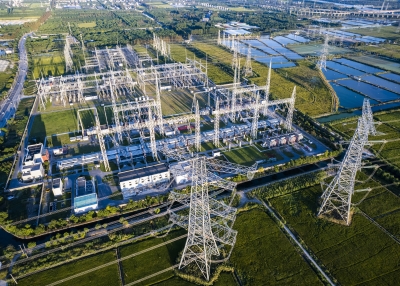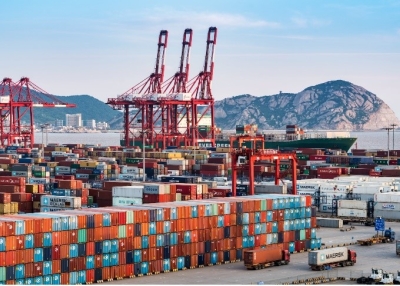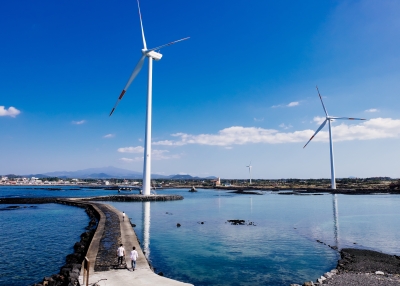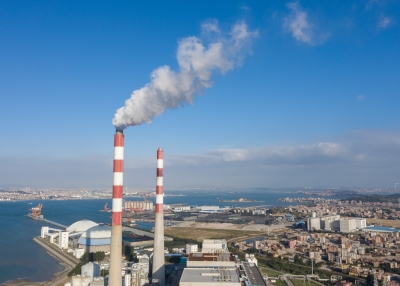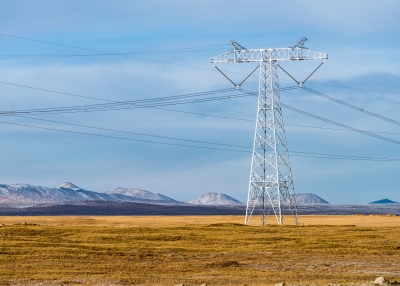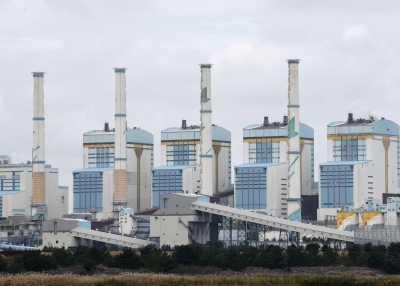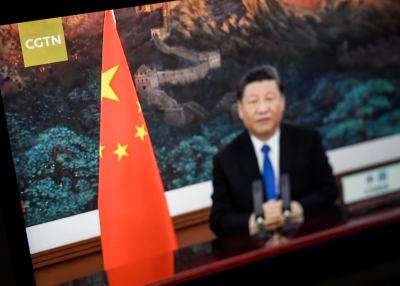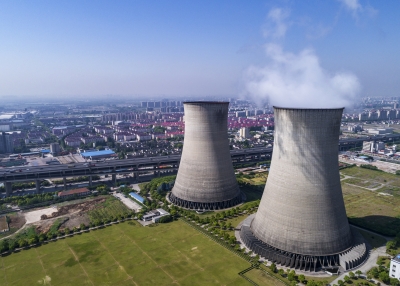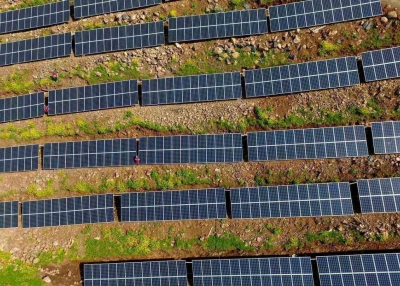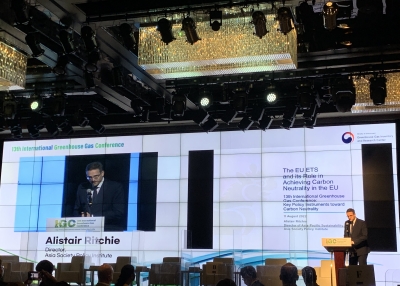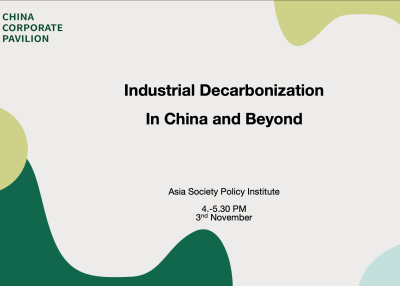Building the Chinese Carbon Market and Its Regional Connections

ABOUT THE PROJECT
The Asia Society Policy Institute’s project ‘Building the Chinese Carbon Market and Its Regional Connections’ seeks to contribute to China’s national ETS policy construction in order to benefit China’s environmental trajectory and enhance the regional and global fight against climate change through carbon market maturation and cooperation in Asia. ASPI aims to realize these goals through three interrelated approaches: contributing to resolving design challenges of China’s national ETS; building regional and international connections; and supporting its prioritization and implementation.
Map data as of March 15, 2023
AREAS OF WORK
ETS Policymaking Processes
Investigate the detailed development work, decision-making and designs of ETS.
ETS policymaking processes include but are not limited to gaining high-level political support, facilitating effective and informed decision-making on ETS design, gaining necessary levels of buy-in from affected industries and support from other government departments, and determining the optimal role of ETSs in the policy mix. Related to these processes is capacity building of policymakers, competent authorities, 3rd party verifiers and covered entities.
Summary: Dialogue Meeting on ETS Policymaking Processes
Summary: Dialogue Meeting on ETS Roadmap
Summary: Korea Study Tour on ETS Design and Implementation
Issue Brief: Understanding Carbon Markets: Prospects for India and Stakeholder Perspectives
Report: Indian Carbon Market Simulation Training Exercise Report
Issue Brief: Demystifying Carbon Emission Trading System through Simulation Workshops in India
ETS Design Modeling
Facilitate ETS policy design with advanced modeling tools.
Policy modeling tools assist policymakers in evaluating the impacts of different potential design options of an ETS. These tools can provide comprehensive information on GHG emissions, energy mix, and economic impacts at the national, sub-national, sectoral, and sub-sectoral levels. Key design elements that can be assessed by such modeling include cap setting, free allocation (including benchmark design), auctioning, auction revenue recycling, sector expansion, interactions with other policies, and other significant elements of the system setup.
Paper: Economic and Environmental Impacts of China’s New Nationwide CO2 Emissions Trading System
Monitoring, Reporting, Verification and Accreditation
The successful operation of an ETS relies on robust, transparent, consistent, and accurate monitoring and reporting of GHG emissions. Such processes need to be efficient and cost-effective and also supported by substantial capacity building for relevant stakeholders. It is essential to initiate the collection of high-quality emissions data from covered entities prior to the formal launch of the ETS, making the establishment of an effective monitoring, reporting, verification and accreditation (MRVA) system a vital initial priority for any ETS. This can be a challenging task, however, there is increasing best practice in Asia and globally to learn from, to help establish effective systems more quickly and easily.
Coverage and Cap Setting
Support the development of practical cap setting policies that reflect the contribution expected to national GHG mitigation targets of the covered sectors and their technical mitigation potential and costs.
Decisions surrounding coverage and cap-setting are fundamental for ETS design, determining its environmental and economic impacts. Myriad approaches are pursued throughout Asia and internationally. Key considerations include deciding what sectors and entities to cover, how to implement an absolute cap, deciding the level and trajectory of the cap, how to align the cap with Nationally Determined Contributions and net-zero GHG emission targets, as well as other detailed cap-setting issues.
ETS Allocation
Identify solutions for an effective ETS allocation policy.
A key concern for governments and industry in implementation of emissions trading systems is how to protect industry’s global competitiveness and prevent “carbon leakage”, that is, the transfer of production to world regions with less ambitious climate policies that would lead to an increase in total emissions. To address this concern, ETS allowances are typically allocated for free to GHG-intensive or trade-intensive industries at risk of carbon leakage using emissions intensity benchmarks. At the same time, it is recognized that auctioning of allowances should be introduced where possible, to more completely adopt the polluter pays principle and strengthen the carbon price signal to drive low carbon action. An emerging tool to consider for carbon leakage prevention is a carbon border adjustment mechanism as proposed by the EU, which would gradually phase-out free allocation and replace this with auctioning. Determining an effective mix and design of allocation approaches, and their trajectory across phases, is therefore a challenging and critical aspect of developing an effective ETS.
ETS and the Power Sector
Identify how an ETS can support power sector decarbonization, driving fuel switching away from coal to low-carbon fuels and renewables.
Critical challenges to enable an ETS to support power sector decarbonization include implementing power generation dispatch mechanisms that consider carbon costs to encourage generation from renewables and low-carbon fuels, and effectively pass these costs through to electricity end users to reduce demand and hence levels of generation. A further challenge is managing multiple policies – sometimes complementary and sometimes competing – that affect decisions related to the power sector and emissions abatement.
Summary: Dialogue Meeting on ETS and Power Sector
Paper: The Pathway to an Effective ETS and Power Market Interaction: The Case of the Korean ETS
Carbon Border Adjustment Mechanisms
Understand the EU’s proposed Carbon Border Adjustment Mechanism (CBAM) and its implications in Asia on affected organizations and ETS development.
The EU’s proposed CBAM could have significant implications in Asia in terms of trade, compliance responses and ETS policy development. It will put a carbon price on imports into the EU of a targeted selection of goods from 2026 with the aim of ensuring that ambitious climate action in the EU does not lead to ‘carbon leakage’, that is the transfer of production to jurisdictions with less ambitious climate policies that would lead to an increase in total emissions. The CBAM is a support measure within the EU’s broader ‘Fit for 55’ policy package which aims to achieve at least a 55% reduction in EU’s GHG emissions by 2030 compared to 1990, in line with the pathway to net zero GHG emissions. This package includes a proposed cut in the EU ETS cap of 61% (from 43%) by 2030 compared with 2005 levels, leading to high carbon prices that can drive significant decarbonization.
Summary: Dialogue Meeting on CBAM
Paper: The EU’s Proposed Carbon Border Adjustment Mechanism and Its Implications for Asia
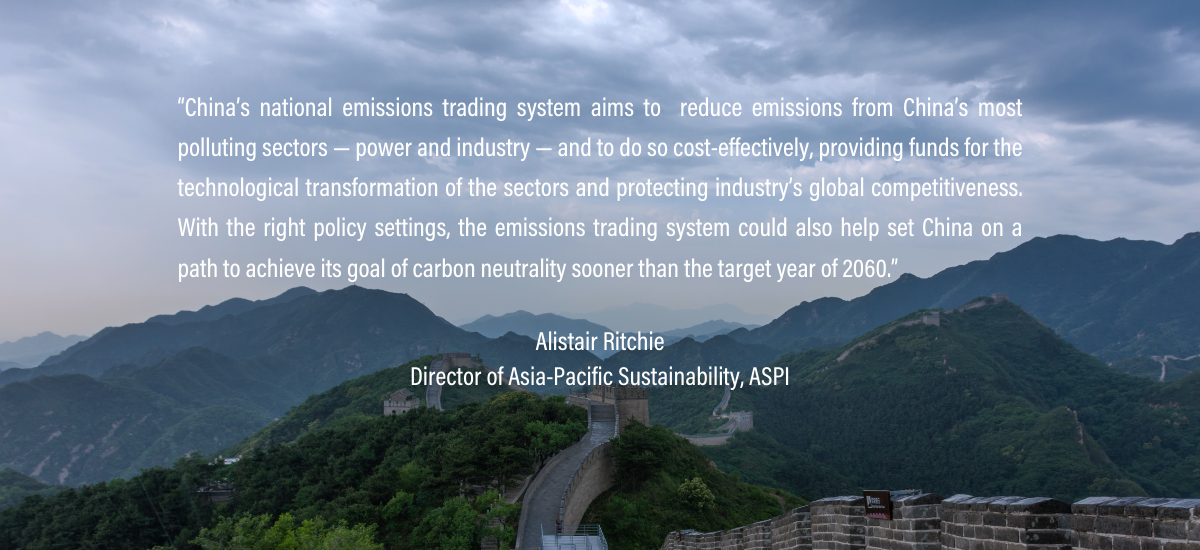
RELATED OP-EDS
RELATED VIDEOS
TEAM






